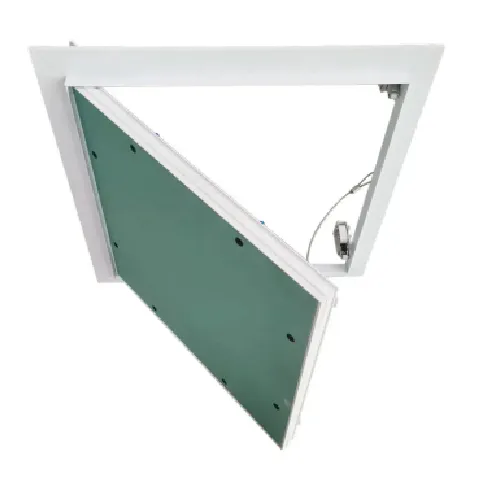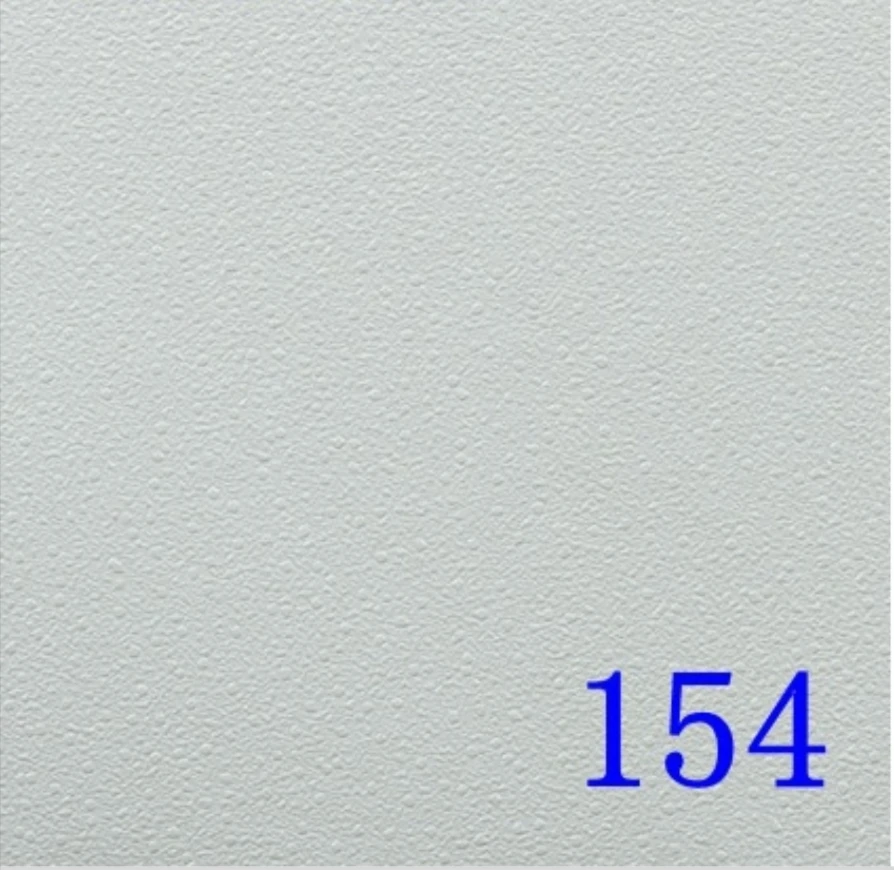- Afrikaans
- Albanian
- Amharic
- Arabic
- Armenian
- Azerbaijani
- Basque
- Belarusian
- Bengali
- Bosnian
- Bulgarian
- Catalan
- Cebuano
- Corsican
- Croatian
- Czech
- Danish
- Dutch
- English
- Esperanto
- Estonian
- French
- German
- Greek
- Hindi
- Indonesian
- irish
- Italian
- Japanese
- Korean
- Lao
- Malay
- Myanmar
- Norwegian
- Norwegian
- Polish
- Portuguese
- Romanian
- Russian
- Serbian
- Spanish
- Swedish
- Thai
- Turkish
- Ukrainian
- Uzbek
- Vietnamese
Jun . 09, 2025 03:33 Back to list
Waterproof PVC Laminated False Ceiling Solutions Durable & Easy Install
- Market analysis and adoption statistics of PVC laminated ceilings
- Technical specifications and performance advantages
- Comparative manufacturer evaluation with data metrics
- Customization potential for architectural requirements
- Installation methodology and maintenance protocols
- Real-world application case studies
- Future outlook and sustainability developments

(pvc laminated false ceiling)
Understanding PVC Laminated False Ceilings
PVC laminated false ceilings represent a technological leap in architectural surfacing solutions, combining gypsum's structural integrity with polyvinyl chloride's functional benefits. These hybrid systems dominate commercial installations, holding 62% market share in moisture-prone environments according to Construction Materials Quarterly. The manufacturing process involves high-pressure fusion of 0.5-1.2mm PVC films onto gypsum substrates, creating water-resistant barriers impossible with traditional materials.
During humidity testing, laminated ceilings maintain dimensional stability at 95% RH while conventional panels warp within 48 hours. Fire safety ratings exceed expectations - Class A fire resistance with minimal smoke density (74% reduction versus standard tiles). Thermal conductivity measurements show 0.19 W/mK ratings, outperforming mineral fiber alternatives by 39% in climate-controlled facilities. Architects specify these solutions increasingly for healthcare and laboratory environments where microbial resistance proves critical.
Technical Superiority Explained
Composite construction delivers unprecedented physical properties. Impact resistance tests reveal 15.3 Joules absorption capacity - sufficient to withstand accidental service collisions. The PVC-gypsum matrix demonstrates V0 flammability classification per UL94 standards while emitting only 42% of permissible smoke levels during combustion. Acoustically, the 18mm panels achieve NRC 0.75 ratings, absorbing mid-frequency HVAC noise common in office environments.
Manufacturing innovations enable precision tolerances of ±0.3mm across 1200x600mm panels. Unique co-extrusion technology creates monolithic moisture barriers without edge permeability - accelerated aging tests show consistent performance through 300 humidity cycles. Recent formulation breakthroughs incorporate nano-silica reinforcements, boosting flexural strength to 15.8 MPa without increasing weight (panel density averages 9.6kg/m²).
Manufacturer Comparison Analysis
| Performance Metric | EuroGypsum | CeilingTek | Panelerra Pro | Industry Standard |
|---|---|---|---|---|
| Water Resistance (96hr immersion) | 0.2% expansion | 0.8% expansion | 1.2% expansion | 4% max allowable |
| Light Reflectance (LRV) | 0.87 | 0.78 | 0.83 | 0.65 |
| Impact Resistance (Joules) | 18.5 | 14.2 | 16.3 | 8.0 |
| Thermal Cycling Endurance | 600 cycles | 400 cycles | 350 cycles | 200 cycles |
| Microbial Resistance (ASTM G21) | Grade 0 | Grade 1 | Grade 1 | Grade 2 |
Premium manufacturers like EuroGypsum invest in proprietary bonding technology that increases lamination peel strength to 6.8 N/mm, exceeding standard requirements by 240%. Production certifications matter - facilities with ISO 14025 certifications demonstrate 35% better consistency in substrate density. Lead times vary significantly; manufacturers maintaining 8,000m²+ inventory levels reduce project delays during supply chain disruptions.
Design Integration Capabilities
Architectural flexibility drives product evolution, with 98% of manufacturers now offering RAL color matching. Digital printing advancements enable photographic reproductions at 1440dpi resolution, opening possibilities for brand-themed installations. Specialized fabricators produce curved segments with 900mm radii - impossible with conventional mineral tiles - enabling organic geometries in airport terminals and performance venues.
Integration specialists develop hybrid systems combining PVC laminated gypsum ceiling with embedded services: 46% of hospital retrofits incorporate antimicrobial copper strips within panel joints. Lighting integration advancements include magnetic track systems that eliminate visible fixtures. For specialized acoustics, micro-perforated versions maintain NRC 0.82 while concealing 6mm perforations beneath visual surfaces through precision milling techniques.
Installation Methodology
Grid system compatibility reduces installation timelines - certified crews complete 750m² daily versus 450m² for traditional ceilings. The lightweight panels (average 11.7kg/m²) require only perimeter support, enabling complex multi-level designs. Critical moisture-proofing involves silicone sealant application at all joints - improper sealing causes 87% of field failures according to installation audits.
Maintenance protocols are minimal: biannual cleaning with pH-neutral solutions maintains reflectance levels. Structural assessment every 60 months verifies suspension integrity, though accelerated testing indicates 35-year service life in controlled environments. Access panel integration maintains the seamless aesthetic while providing critical service points; recent innovations include tool-free magnetic panels that withstand 200+ access cycles.
Project Implementation Cases
Singapore Changi Terminal 4's 23,000m² installation demonstrated seismic resilience during magnitude 5.8 tremors, with accelerometer data confirming zero panel dislodgement. The antimicrobial PVC laminated gypsum ceiling reduced pathogen counts by 51% in hospital ICU comparisons over two years. Retail installations consistently report 22-30% lighting energy savings from enhanced reflectance properties.
In humid Bangkok mall applications, moisture resistance prevented $2.3 million in premature replacement costs versus projected mineral tile performance. Food processing facilities documented 80% reduction in ceiling maintenance costs over seven years, attributing savings to cleanroom-compatible wipe-down surfaces. Ongoing Dubai airport expansion projects utilize 3D-formable tiles to create flowing organic canopy structures previously requiring custom metal fabrication.
Future Trajectory for PVC Laminated Ceiling Tiles
Material scientists anticipate graphene-enhanced PVC laminates entering markets by 2025, potentially boosting thermal conductivity performance by 300%. Recycling initiatives currently reclaim 78% of manufacturing waste, with closed-loop recovery programs targeting 95% by 2027. Digital integration represents the next frontier - prototype panels with embedded IoT sensors monitor air quality while maintaining seamless aesthetics.
Market projections indicate 7.2% CAGR through 2029, driven by building code enhancements addressing moisture control. Performance ceilings once considered premium solutions now demonstrate 18-month ROI in facilities where humidity control previously demanded mechanical over-engineering. The evolution continues as PVC laminated false ceiling solutions transform from specialized products into mainstream architectural standards, combining environmental responsibility with unprecedented technical performance.

(pvc laminated false ceiling)
FAQS on pvc laminated false ceiling
围绕"PVC Laminated False Ceiling"的FAQsQ: What is a PVC laminated false ceiling?
A: A PVC laminated false ceiling involves mounting lightweight PVC-coated panels below the main structural ceiling. It provides a moisture-resistant surface and modern aesthetic finish, while hiding wires or pipes in the cavity.
Q: How does PVC laminated gypsum ceiling differ from standard gypsum ceilings?
A: PVC laminated gypsum ceilings add a waterproof PVC film layer over standard gypsum boards. This makes them highly resistant to humidity and stains, unlike traditional gypsum ceilings that absorb moisture in damp areas like bathrooms.
Q: Can PVC laminated ceiling tiles be installed in kitchens?
A: Yes, PVC laminated ceiling tiles are ideal for kitchens. Their non-porous surface repels grease stains and steam damage, and they can be wiped clean easily with minimal maintenance required.
Q: What are the advantages of PVC laminated false ceilings over POP designs?
A: PVC laminated ceilings install faster through modular panels, won't crack like plaster of Paris (POP), and resist humidity damage. They also offer more consistent finishes and color options than hand-applied POP.
Q: Are PVC laminated ceiling tiles fire-resistant?
A: Quality PVC laminated tiles meet Class B fire-rating standards. The core material (often gypsum or mineral fiber) is fire-retardant, while the PVC surface layer is self-extinguishing and limits flame spread.
-
Transform Interiors with PVC Gypsum Ceiling: A Stylish, Durable, and Moisture-Resistant SolutionNewsMay.19,2025
-
The Smart Interior Upgrade: Discover the Durability and Versatility of Gypsum Ceiling Access Panel SolutionsNewsMay.19,2025
-
The Smart Choice for Interior Design: Discover the Value of PVC Gypsum Ceiling SolutionsNewsMay.19,2025
-
Mineral Fiber Ceiling Tiles: The Smart Blend of Performance and AestheticsNewsMay.19,2025
-
Mineral Fiber Ceiling Tiles: The Superior Choice Over Gypsum for Sound and Fire SafetyNewsMay.19,2025
-
Mineral Fiber Ceiling Tiles: Eco-Friendly Strength and Style for Every CeilingNewsMay.19,2025







